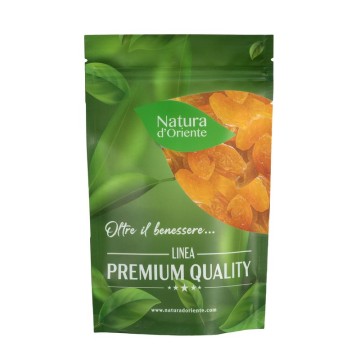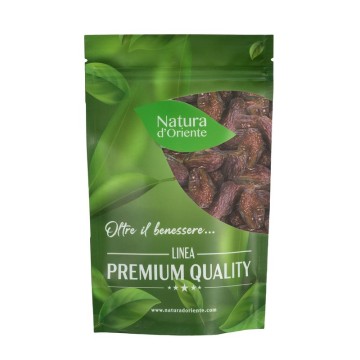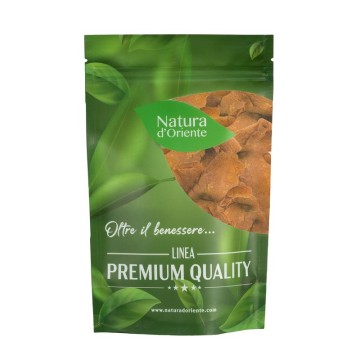Aloe vera dehydrated
The taste of dehydrated fruit can also be found in a food like Aloe, one of the best known for its beneficial characteristics for health and skin, but also delicious in the dried version.
Properties and benefits:
Among the many plant resources for our diet or for cosmetic transformation, Aloe vera represents a food with many beneficial properties for the well-being of the body, which has long been recognized as a healthy plant. This is due to the long tradition that accompanies it: the Aloe plant, in fact, was discovered already in ancient times for its positive characteristics on human health. The internal, gelatinous pulp contains a complex mix of vitamins, mineral salts, amino acids, enzymes and plant hormones that represent a small capital for the well-being of the organism, skin, and other human organs.
Origins and History of cultivation
The Aloe vera plant derives its name from Arabic, in which this term means "bitter" or "transparent" - these are the characteristics of the liquid that comes out of the leaves when they are engraved. Its spontaneous growth derives from the African continent, and we find the first traces left by the Egyptian people as early as 3000 BC. The use of Aloe dates back to this period for its therapeutic and cosmetic properties; we have evidence that Nefertiti and Cleopatra were the best known consumers of this plant. The Egyptian people used Aloe Vera for the embalming of deceased Pharaohs, also believing in the divinatory properties of this plant. For the same reason it was venerated and given as a gift to future spouses, as a wish for life and above all for fertility. In the priesthood and alchemy masters, the task of extracting gelatin from Aloe was entrusted, to prepare compounds dedicated to different uses.

The Arabs expanded the cultivation of this plant in the European world, and the Greeks immediately benefited from it for the healing properties of Aloe. Historical testimonies tell us that Hippocrates treated his inflammatory problems with this plant, as well as using it as a regenerator.
It was the Spaniards who subsequently spread this plant in the new American continent, through the Jesuits.
The Aborigines of Haiti used aloe for their spiritual rites, nicknamed it the "plant of eternity", believing they were purifying body, mind and soul with its extract. In Mexico, Aloe is still considered a "sacred plant", and the country is the largest exporter in the entire American continent. Also in the East, in ancient China and India, it was used by Chinese or Indian medicine as a tonic, to soothe asthma problems. The entry of Aloe into the field of modern Western treatments took place in the 1950s, when Aloe bardensis was used for the treatment of burned skin.
Plant and Fruit
The Aloe Vera plant is actually the Aloe bardensis plant, a shrub of the Liliaceae family, recognizable by its long, pointed leaves in the terminal part. The leaves, superimposed on several planes, create a shape similar to that of succulents, and are equipped with an external covering, the cuticle, which houses many small light-colored thorns. It is a protective layer that has the function of protecting the Aloe vera plant from harmful atmospheric events, and from insects. What defends itself is the essential part of Aloe, hidden inside the leaves. When the cuticle is incised, the presence of an internal gelatinous pulp is revealed, consisting of several vesicles that retain water, ensuring good resistance to the Aloe even in periods of drought. The cultivation of Aloe is basically simple, being a plant that tolerates drought well, and is also suitable as an ornamental plant. The temperatures required for cultivation are between 20 and 30 degrees, but it also adapts well to temperate climates. It is always recommended to avoid too much watering of the Aloe Vera and the water reserves in the saucers, also avoiding that its leaves are wet. Many growers recommend cutting the fronds to be done at night, due to the not extremely sultry temperature of the day, and to avoid the volatility of mineral salts. The processing to obtain dried food aloe or other cosmetic preparations varies according to the uses for which it is intended, with different ways of treating the plant itself.
Properties of Aloe Vera
The Aloe vera plant, as we have seen, is rich in vitamins, minerals, amino acids, enzymes and even plant hormones. In particular of mucopolysaccharides, such as glucomannan, which are gelatinous sugars suitable for skin care: they protect, soothe and heal the skin and mucous membranes. These compounds act in synergy, for positive effects also on the functionality of the intestine, with a rebalancing action of the pH and bacterial flora in the intestinal tract. The purifying effect, often praised in Aloe, is due to the anthraquinones called "scavengers of the body", because they exert a laxative action, by stimulating the muscular contractions of the colon (peristalsis of the digestive tract). It can therefore be useful for the regularity of intestinal transit and correct liver function. Very rich in active molecules, the plant is particularly valuable for rehydrating the skin, purifying the body, supporting the immune system, fighting oxidative stress, and stimulating the production of collagen. The beneficial properties of Aloe Vera as a food are due to its richness in vitamins A, B1, B2, B6. Improves the bioavailability (absorption) of vitamin B12 and vitamin C - vitamin B12 plays a fundamental role in the production of red blood cells, for growth and for the nervous system. In addition, Aloe Vera contains aloin, a sugar with laxative properties, but present in the external cuticle, almost always removed during pulp extraction.
Nutritional values of dehydrated Aloe
This dried version of Aloe contains different sugars, as you can compare with the following table, and is also often used to soothe throat ailments. It does not derive from a fruit, but from the dried Aloe Vera leaves, after being peeled, boiled, candied; they are dehydrated by drying with hot air. In this way, all the properties of Aloe are maintained, but making these candied cubes with a high concentration of fibers and proteins tasty. Like many dehydrated fruit, Aloe can be an excellent idea of energy snack, also to be included in diets since it satisfies with small cubes - to be taken in the right quantity, for its caloric intake.
How to consume or use dehydrated Aloe in the kitchen
The dehydrated slices of Aloe Vera can be used for some preparations, even if obviously they are one of the healthy snacks to include a greedy snack within calorie-controlled diets. Aloe cubes as dehydrated fruit can be mixed with fruit or vegetable smoothies, yoghurt, fruit salads, vegetable milk, cereal snack mix, but also in salads - perfect in summer. They can also be used to create energy or diet bars, perhaps make a spicy sauce.
Dehydrated Aloe Vera: side effects and contraindications
There are some contraindications to taking Aloe, for those with certain conditions such as intestinal disorders, since excessive intake can cause laxative effects due to the aloin. Furthermore, taking Aloe vera is not recommended for those suffering from diabetes, and those who are pregnant.
![]()





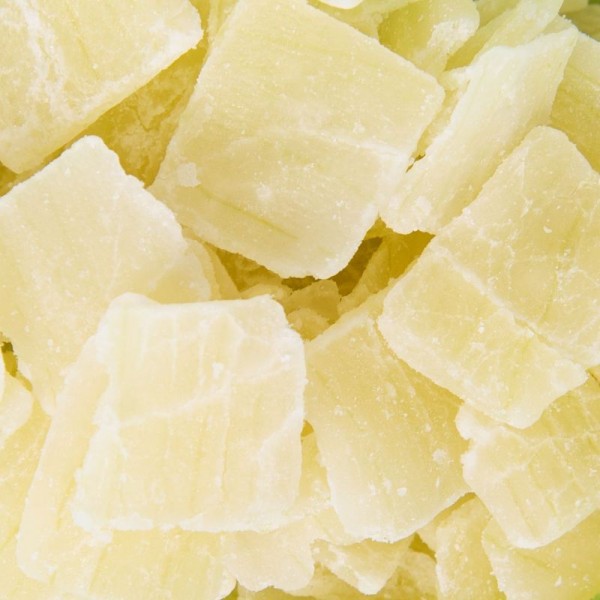





 No reward points for this product.
No reward points for this product.





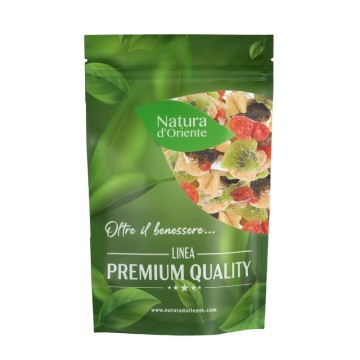


![Natural dehydrated grapefruit without added sugar [NATURADORIENTE]](https://www.naturadoriente.com/10190-home_default/pompelmo-naturale-disidratato-senza-aggiunta-di-zucchero.jpg)
